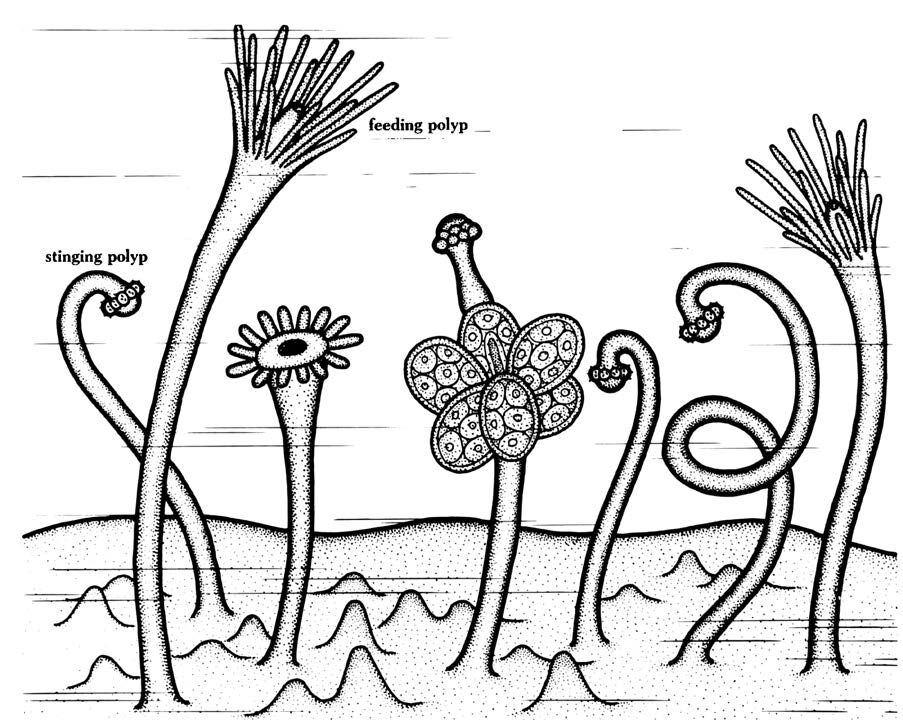
From the Archives
by Doug Kubek

An artist’s portfolio usually features a diverse array of projects, but few include a classic biology textbook among their works. Alum Elizabeth Buchsbaum Newhall’s (DIPLOMA 1932) whimsical black-and-white illustrations of worms, parasites, insects, crustaceans, jellies, and other invertebrates are featured throughout Animals Without Backbones (the University of Chicago Press, first published in 1938), written by her brother, Ralph Buchsbaum. The textbook is an introduction to invertebrate animals, the largest group in the animal kingdom (97 percent of animals are invertebrates). More than 80 colleges, including Harvard, Stanford, and the University of Chicago, use the book, which continues to be printed after almost 80 years. The University of Chicago Press is currently updating Animals Without Backbones for a fourth edition, and it is expected to be published in the coming years.
